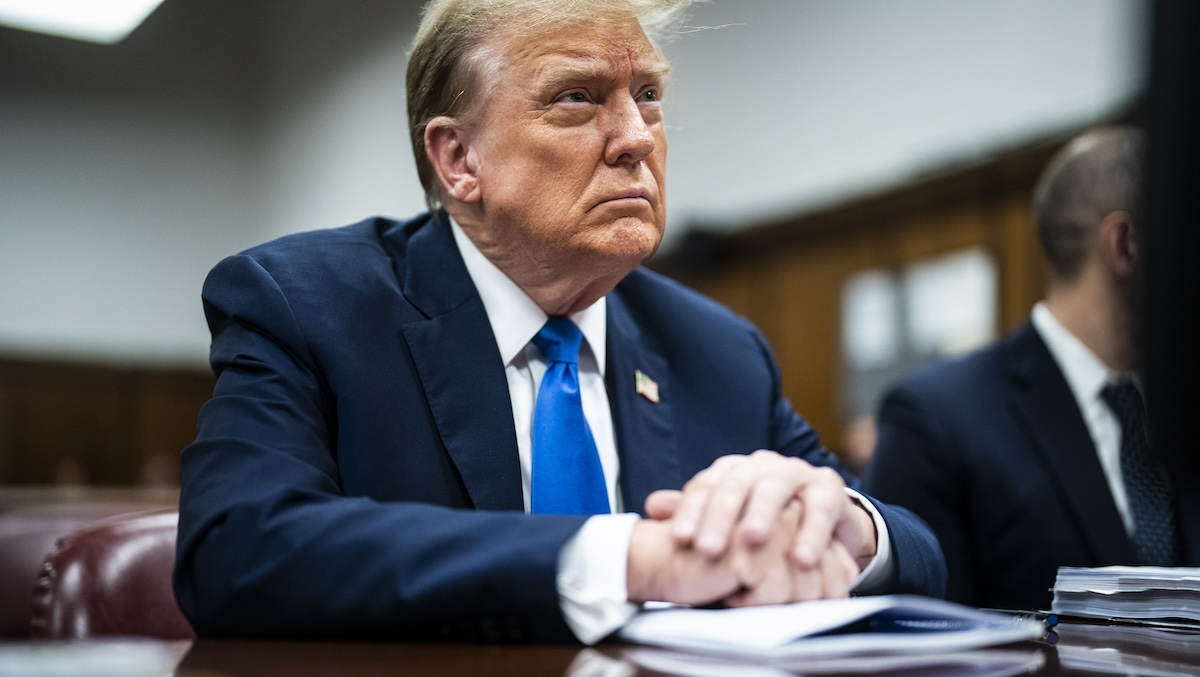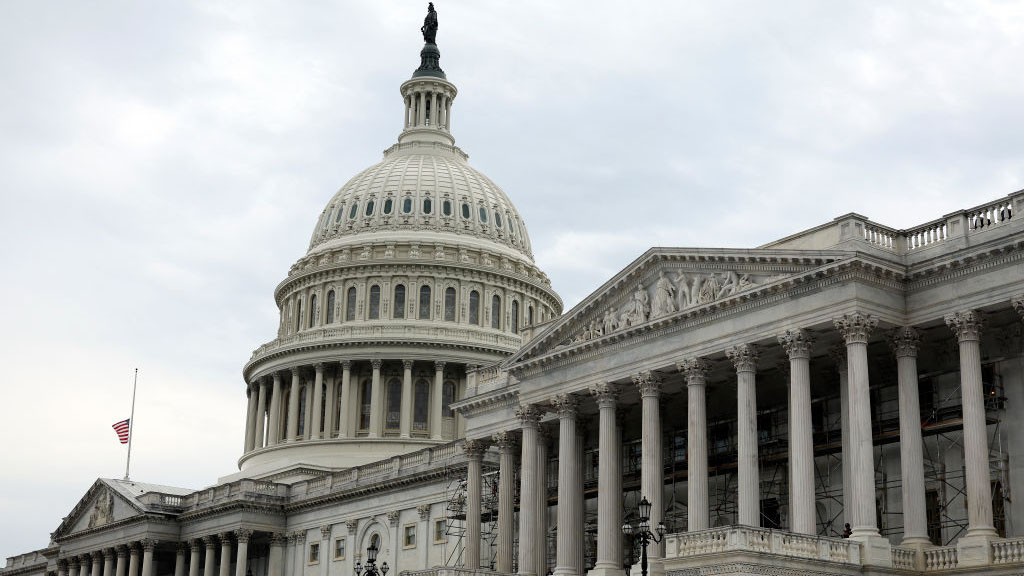From the Washington City Paper blog City Desk
With incumbent Republican Carol Schwartz running a write-in campaign to keep her at-large council seat, and with less than a week to Election Day, it’s a fine time for LL to run down how write-in votes are counted in the District of Columbia.
Yesterday, representatives from four of the seven council campaigns, including Schwartz’s, met with Board of Elections and Ethics Executive Director Sylvia Goldsberry-Adams and other staff to discuss what to expect on Election Day and beyond.
Like virtually everywhere else in the United States, the law on counting votes in the District is based on discerning a voter’s intent. If the elections board can determine that intent by examining a ballot, that is a valid vote. “Every ballot shall be counted for the candidate for whom it was intended, if the electors intent can be ascertained from the ballot itself,” D.C. regulations read.
The thing is, according to D.C.’s rules, the write-in votes are only tabulated if “the total number of write-ins reported…is sufficient to elect a write-in candidate.” That’s based on a machine count—more on that later.
If there’s enough write-ins cast to elect, the board plans to have pollworkers gather at BOEE headquarters at One Judiciary Square at 9 a.m. on Thursday, Nov. 6., to begin the tabulation process. “We’ll go until they’re done,” BOEE spokesperson Dan Murphy says; campaigns would be allowed to have observers on hand.
At yesterday’s meeting, Murphy says, board staff gave the candidates some rough guidelines regarding how they would determine intent in write-in votes. The letter of the law reads as follows: “In the case of a write-in vote, no ballot shall be regarded as defective due to unclear writing, misspelling of a candidates name, or by abbreviation, addition, omission or use of a wrong initial in the name.”
Politics
Political news from the U.S. Capitol, White House and around Washington, D.C., Maryland and Virginia
Simply writing in “Carol,” the board will count as a vote for Schwartz, according to Murphy. Also likely to be judged valid are various mispellings of Schwartz, such as “Shwartz,” “Schwarts,” “Schwarz,” or variations thereof. Trickier interpretations surround the fact that there is a David Schwartzman on the ballot. A write-in for “David Schwartzman” would be counted towards the Statehood Green candidate’s total; a vote for “Carol Schwartzman” would not be counted for either Schwartz or Schwartzman. “Schwartz” alone will be counted for Schwartz; “Schwartzman” alone will be counted for Schwartzman.
In any case, says Murphy, “It’s always best to use the candidate’s full name” when writing in a vote.
Then there’s the issue of connecting the arrow.
For a write-in to be machine-counted in the election-night tally—the one that determines whether the write-ins get fully tabulated—the voter has to “connect the arrow” on his optical-scan ballot (which the vast majority of D.C. voters use, rather than electronic machines). However, if a voter writes in a vote without connecting the write-in arrow, it’s still a valid vote according to voter-intent doctrine.
If there’s enough write-ins counted on Election Night (i.e., write-in voters who connected the arrow) to elect, all of the ballots cast in the city will be tabulated starting on Thursday morning, making it moot whether a voter remembered to connect the arrow or not. Things get trickier if there’s not enough Election Night write-ins to require a full tally.
If Schwartz determines that adding her write-in votes without a connected arrow to those with a connected arrow could potentially provide a decisive margin, her redress is to request a hand recount. A hand recount can only be requested in the seven days after the vote is certified—which is likely to take place in the last week of November.
Unless the margin is less than 1 percent of the total vote in the race, requesting a hand recount is matter of paying a $50 per precinct deposit, meaning a citywide retabulation would require the Schwartz campaign to have $7,150 in the bank to count all 143 precincts again. (If the recount changes the outcome of the race, the petitioner gets the money back.)
The last big write-in campaign in the District, of course, was back in 2002, when Mayor Anthony A. Williams failed to make it onto the Democratic primary ballot. There was little controversy in the tabulation of the write-ins. But the vote that year, which Williams won handily, was nowhere as close as this year’s race promises to be. In other words, there’s a credible chance this thing could drag into December.
Asked what preparations the Schwartz camp is making for the count, campaign consultant Tom Lindenfeld jokes, “Cots.”
“It seems likely us that nobody will know who won this election for days, if not a week,” he says.
The campaign has lawyers, witnesses, and other volunteers read to help out with the effort, he says: “It’s just watching and making sure there’s no mistakes.”



